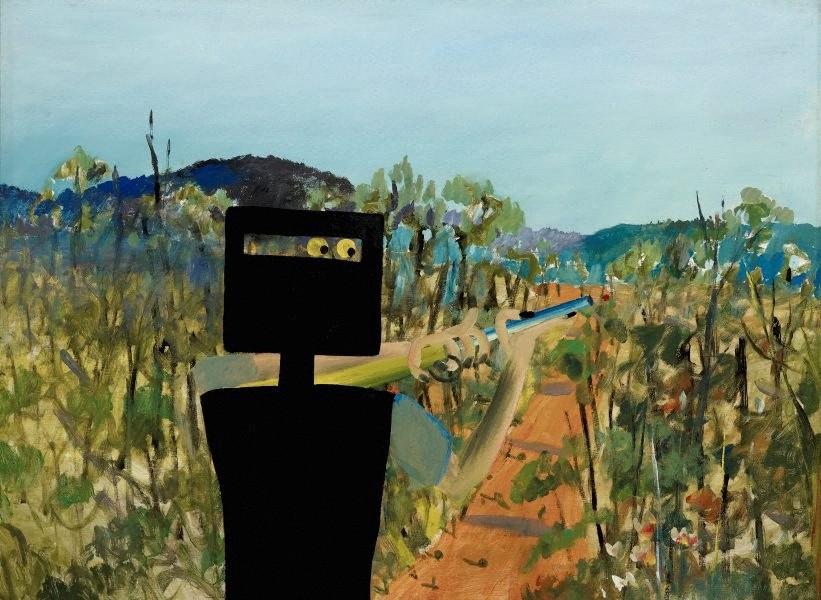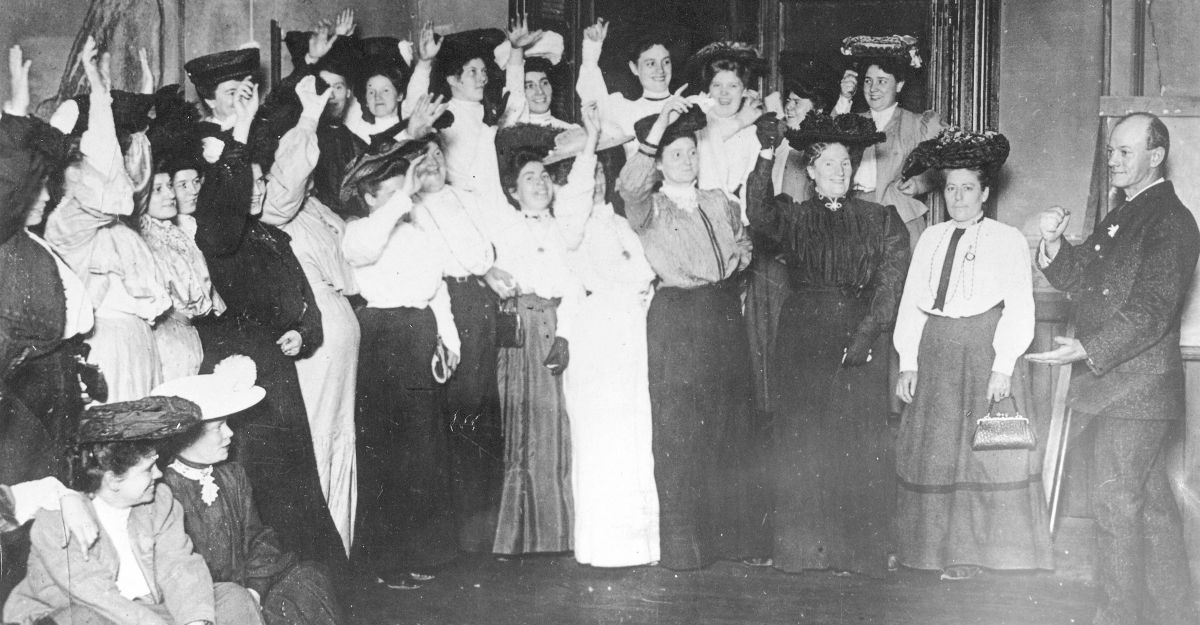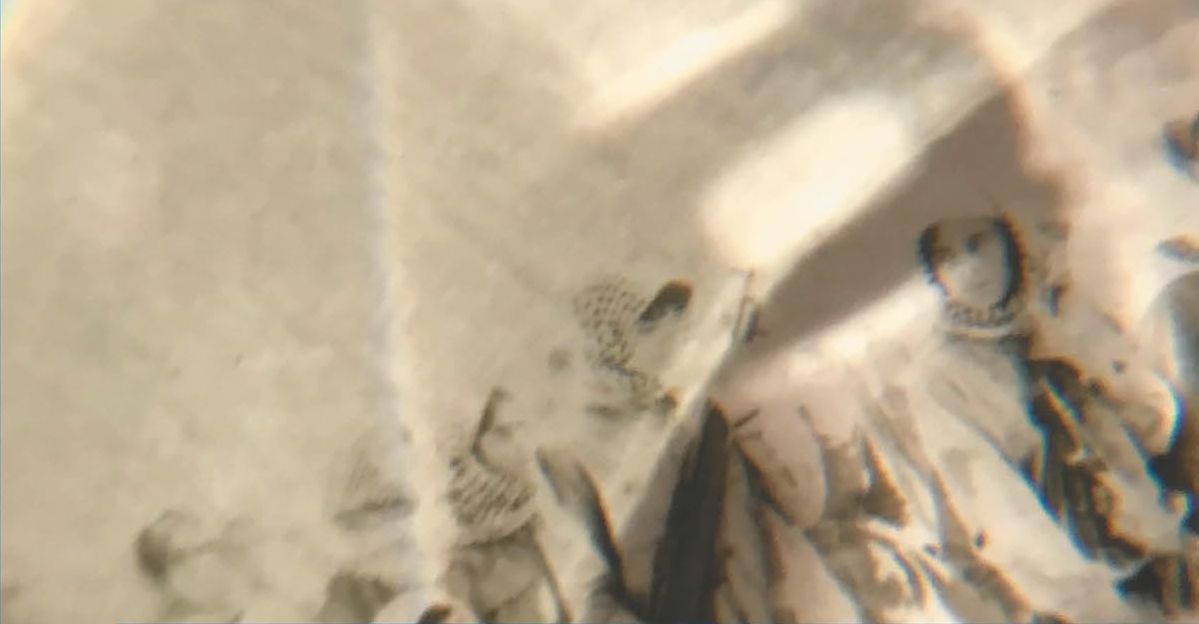It is, of course, irrational; but when I look at Sidney Nolan’s first Kelly painting, and that stark, strong symbol, the two rectangles which stand for Kelly, the hair bristles on the back of my neck- just as it does when I hear someone sing with fire, ” ‘I’ll fight but I won’t surrender,’ said the Wild Colonial Boy.”
The irrationality would not worry Nolan. A work of art is not something to be understood; it has to be felt. It is the immediate, intuitive re- sponse that counts. “When I paint, my object is to show what I have found and not what I am look- ing for,” said Picasso. “A poem should not mean but be,” said (I think) Archibald MacLeish. Either you respond to that black slab of iron, with its hollow slit, a symbol as simple and dramatic as the Christian’s cross, which is Kelly’s head. Or you do not. Personally, I feel just as does Robert Melville (in his introductory comments to the paintings) that “it might yet be chalked on the walls of the cities of the world as a sign for Freedom.” Maybe it’s wildly romantic, but there it is.
This is more a literary than an “painterly” response. One cannot know whether Nolan antici- pated this. His earlier painting (for example, the St. Kilda paintings in the large Thames and Hud- son collection) asked only to be seen. This first Kelly series bears no obvious mark of the cal- culated creation of a saga. But looking back at it, that is what it was. Almost all those who have written about these paintings have spoken of Nolan originating or giving new reality and depth to an Australian myth; and a myth is something that is expressed in words, a story that belongs to the past and to the future. Nolan felt the visual drama of Kelly, but gave people more perhaps than he had imagined.
The symbol which unifies the series is one of integrity and aloneness. It towers over its en- vironment, exuding indifference rather than de- fiance. Its impersonality is emphasised by the emptiness sometimes where the eyes should be. The Kelly symbol is the tragic hero, sufficient to himself, his own savior and his own destroyer. It is intriguing that Australians, whose ethos promotes solidarity, should have responded to his lonely figure (for Dan, Joe Byrne and Steve Hart do not count much in Nolan’s version). Two possibilities occur. Perhaps the externalised mate- ship is cover for spiritual loneliness: two ones make two, not one. Perhaps intellectuals, who are the articulate part of Nolan’s audience, find his Kelly a wish-fulfilling symbol of themselves.
Now it is possible to look at these twenty-seven pictures as separate and distinct works, to draft a scale of response. My own feeling is that the initial “Ned Kelly,” the three Stringybark Creek pictures, and the last heroic moment at the trial work best; that the drama is lost in some of the more tangled landscapes like “The Burning Tree” and “First Class Marksman.” But, at the same time they were first painted, these pictures-along with Nolan’s earlier work and the paintings of Boyd, Vassilieff, Tucker, Counihan, Bergner, Per- ceval- were as much manifesto as myth.
These were the years of war and post-war re- construction, when socialism (and for many com- munism) promised liberation from the insanities of 1929 and 1939, when the new painting and literature promised liberation from the cliche- ridden conservatism of the academics. It did not last long, and there has been nothing so exciting since. Unhappily, what seemed a many-faceted revolutionary front was shattered by bitter ideo- logical dispute between the communist “realists” on the one hand and the painters and writers of Angry Penguins and the Contemporary Art Society on the others. Looking back on this episode, it was as misconceived as it was distasteful. The co-existence of social and personal rebellion was broken, so that the former came to lack humanity and the latter to lack conscience.
Nolan saw Kelly as man alone, self-sufficient in his assertion and rebellion, a pre-Camusian outsider. Beyond this, his act of painting Kelly was, and was seen to be, revolt. These works have meaning as painting, as myth, and as his- tory, and it is good to have them available to us and so handsomely presented.



